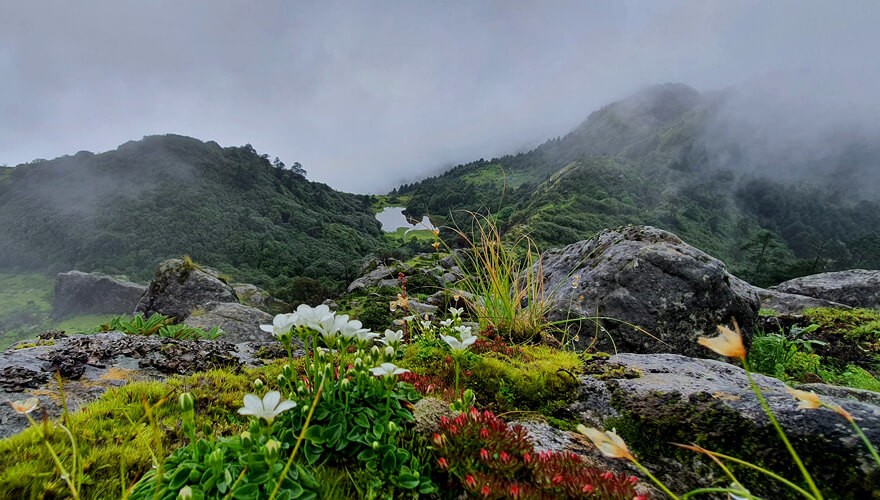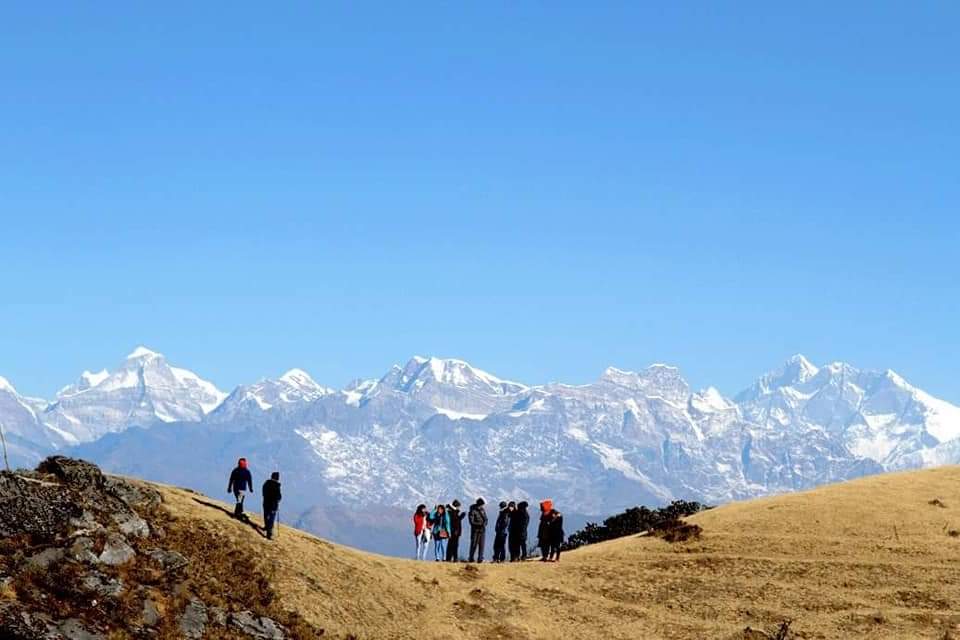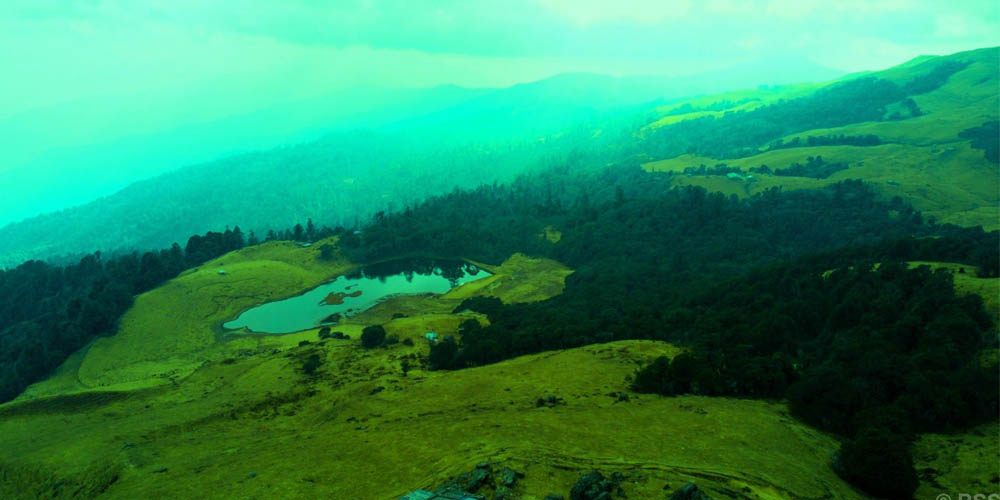In a bold move to combine spirituality and sustainable tourism, Temkemaiyung Rural Municipality of Bhojpur district has announced plans to develop the famed Mundum Trail into a dedicated spiritual zone for yoga, meditation, and holistic practices. This initiative seeks to enhance the area’s tourism potential while preserving its serene and untouched natural environment.
The Mundum Trail, which was earlier recognized by the Federal Government as one of Nepal’s top 100 tourist destinations, stretches through the culturally rich and ecologically diverse highlands of eastern Nepal. Now, local authorities are charting a new path for its future, one that emphasizes inner exploration as much as outer adventure.

A Vision for Spiritual Transformation
Temkemaiyung Rural Municipality Chairperson Saroj Basnet shared the municipality’s vision of turning the trail into a Tapobhumi, a sacred ground for spiritual growth. “The trail traverses through high alpine terrain, offering not only breathtaking beauty but also deep tranquility. We want to preserve its sanctity and promote it as a place where spiritual seekers, yoga practitioners, and meditators can come for inner peace,” Basnet stated.
Recognizing the pristine nature of the trail, the municipality has prohibited road construction in the region. This policy is part of a broader environmental conservation effort to maintain the unspoiled character of the landscape and ensure a pollution-free atmosphere suitable for spiritual practices.

Infrastructure with Purpose
As part of its development blueprint, the municipality has already established a Tourism Information Centre at Chakhewa, one of the key access points along the trail. Vice Chairperson Ramadevi Rai emphasized the municipality’s commitment to thoughtful and holistic development. “We are envisioning the Mundum Trail as a spiritual corridor, a space where visitors can reconnect with nature and themselves,” she said. The information centre will provide guidance, logistical support, and cultural insights to both domestic and international visitors.
Natural Beauty and Panoramic Views
One of the trail’s most compelling draws is its stunning panoramic views. Visitors walking the trail are treated to breathtaking vistas of some of the Himalayas’ most revered peaks. These include Charpate, Lhotse Shar, Mera Peak, Mt Peak 38, Chamlang, Makalu, Kanchenjunga, and the majestic Kumbhakarna. The pristine mountain views provide not just visual pleasure, but also a serene atmosphere that enhances meditation and mindfulness practices.
Tourism entrepreneur Bibek Kulung praised the trail’s natural attributes, stating, “The climate here is ideal, not as freezing as the high Himalayas, and not as sweltering as the Terai. It is a temperate paradise, making it an excellent year-round destination for tourists.” Kulung also added that such a climate creates the perfect condition for outdoor spiritual retreats, yoga camps, and wellness tourism.

Silichung Peak: A Spiritual Beacon
Perhaps the most sacred point along the trail is Silichung Peak (Silichung Chuchuro), located at an altitude of 4,153 meters. This revered site has long been a place of spiritual significance for indigenous communities and is now being positioned as a spiritual focal point for national and international visitors. Easily accessible from the Mundum Trail, Silichung is expected to become a hub for meditation camps and spiritual pilgrimages.
Sustainable Tourism with Cultural Roots
The Mundum Trail is more than just a scenic hiking route; it is a pathway into the heart of Kirat culture and indigenous heritage. The name “Mundum” itself is derived from the oral scriptures of the Kirat people, which emphasize harmony with nature, spiritual discipline, and respect for ancestral traditions. By focusing on spiritual tourism, the rural municipality hopes to showcase these values to the world.
In addition to spiritual experiences, there are proposals to incorporate low-impact tourism activities such as eco-lodging, herbal therapy, guided nature walks, and potentially even alpine golf courses in designated areas, all designed to support the local economy while respecting environmental limits.

Challenges and the Road Ahead
While the potential is immense, the development of the Mundum Trail into a full-fledged spiritual tourism destination will require careful planning and investment. Infrastructure must be expanded without compromising the fragile ecology of the region. Local communities must be involved at every step to ensure that cultural integrity is preserved and that tourism brings tangible benefits to residents.
Chairperson Basnet reiterated this commitment, saying, “Our approach is community-centered. We aim to uplift the livelihoods of local people while making Mundum Trail a symbol of peaceful tourism rooted in spirituality and sustainability.”
As the world increasingly looks for meaningful travel experiences that offer more than just sightseeing, Nepal’s Mundum Trail stands poised to become a beacon for spiritual tourism. With its rare combination of natural grandeur, cultural depth, and sacred energy, the trail promises to attract a new wave of conscious travelers seeking both inner peace and outer adventure.
For Nepal, a country already known for its spiritual landmarks like Lumbini and Pashupatinath, the Mundum Trail adds another dimension, one where the mountains whisper ancient wisdom and every step is a journey within.






